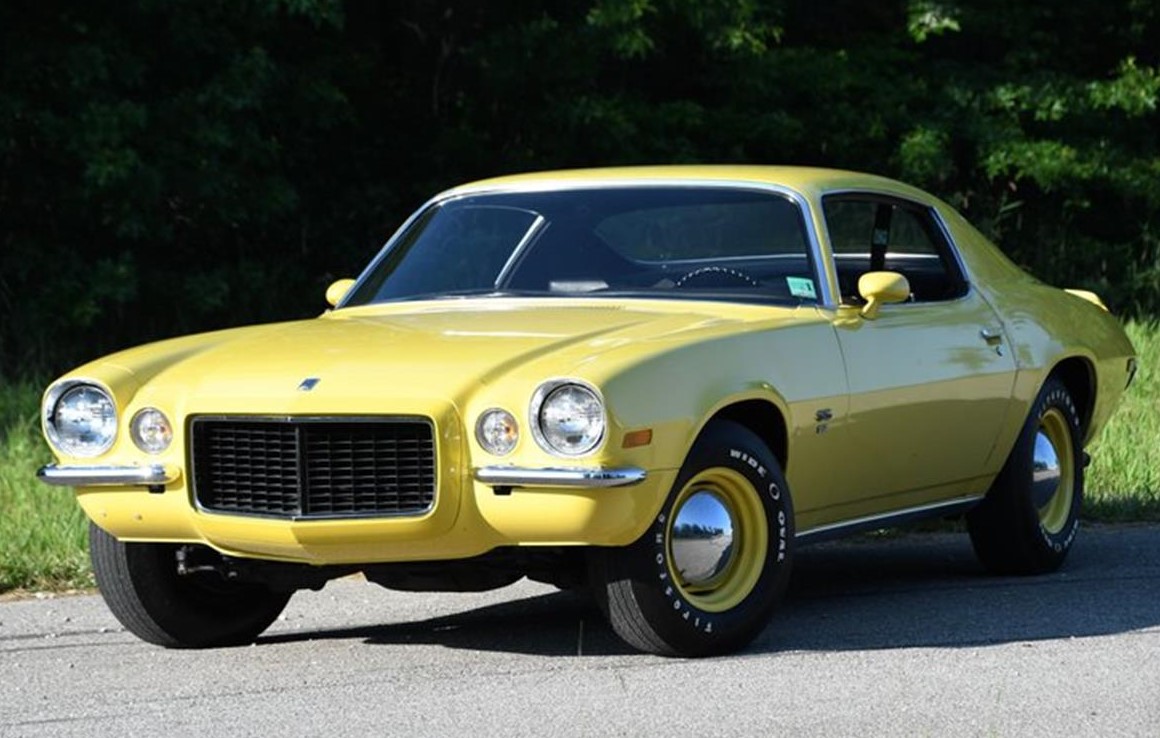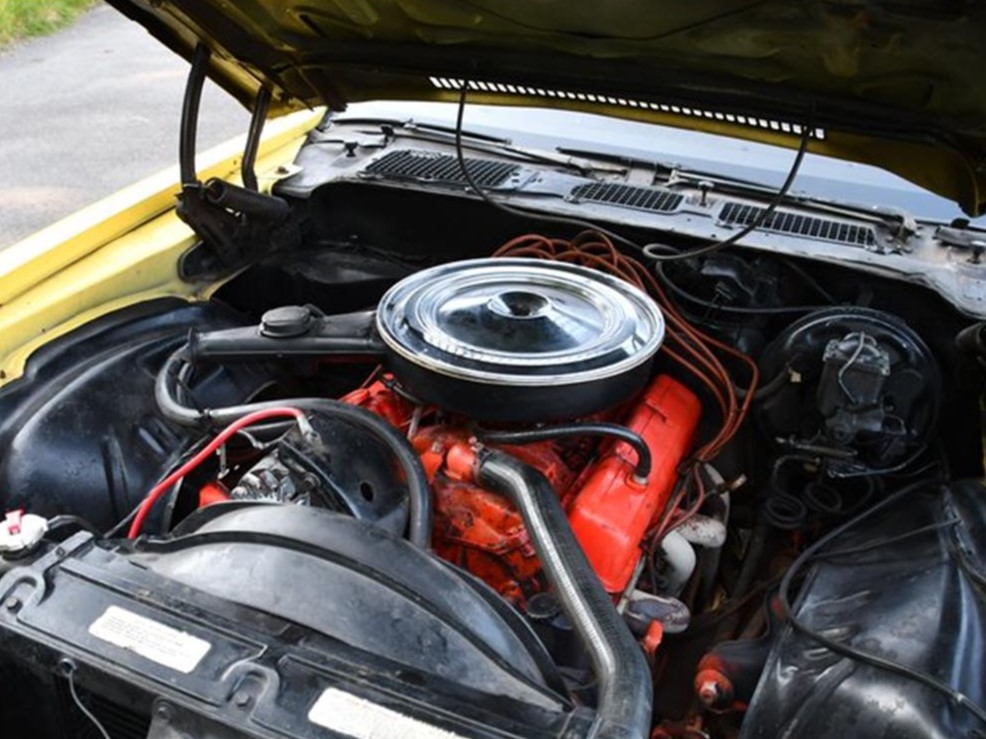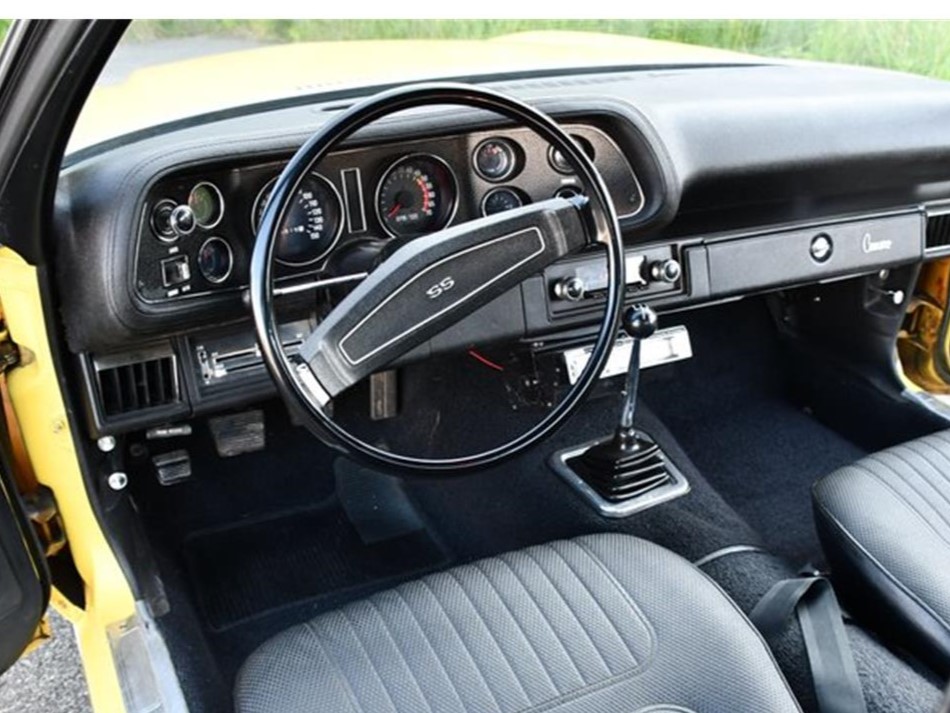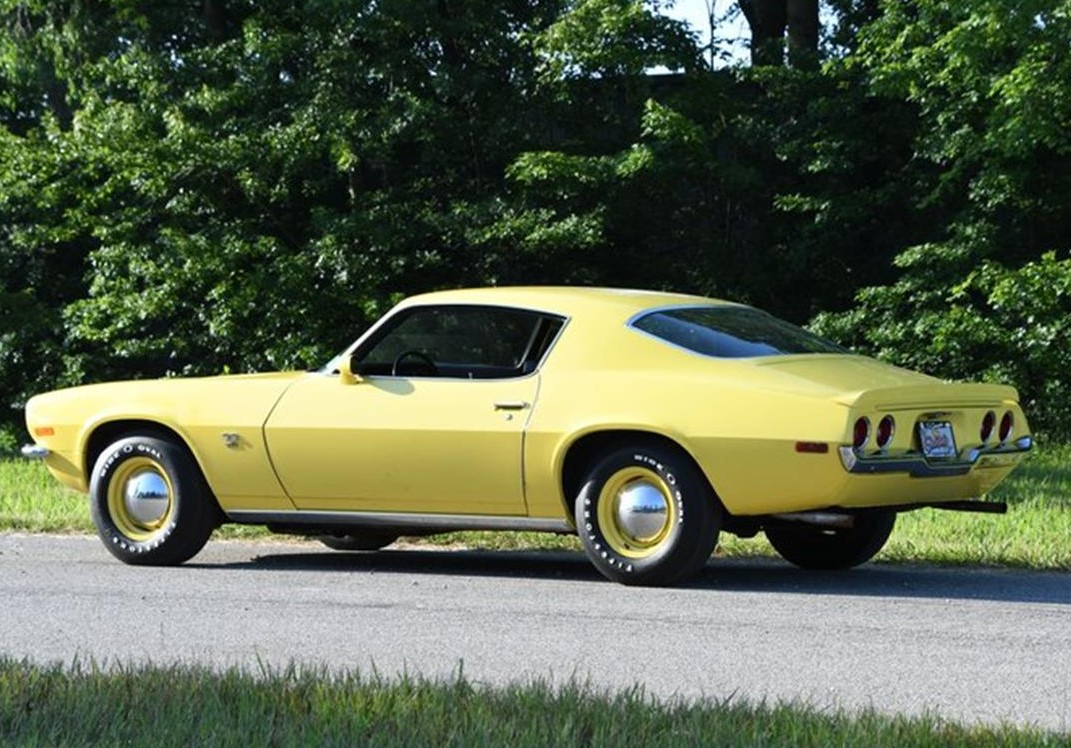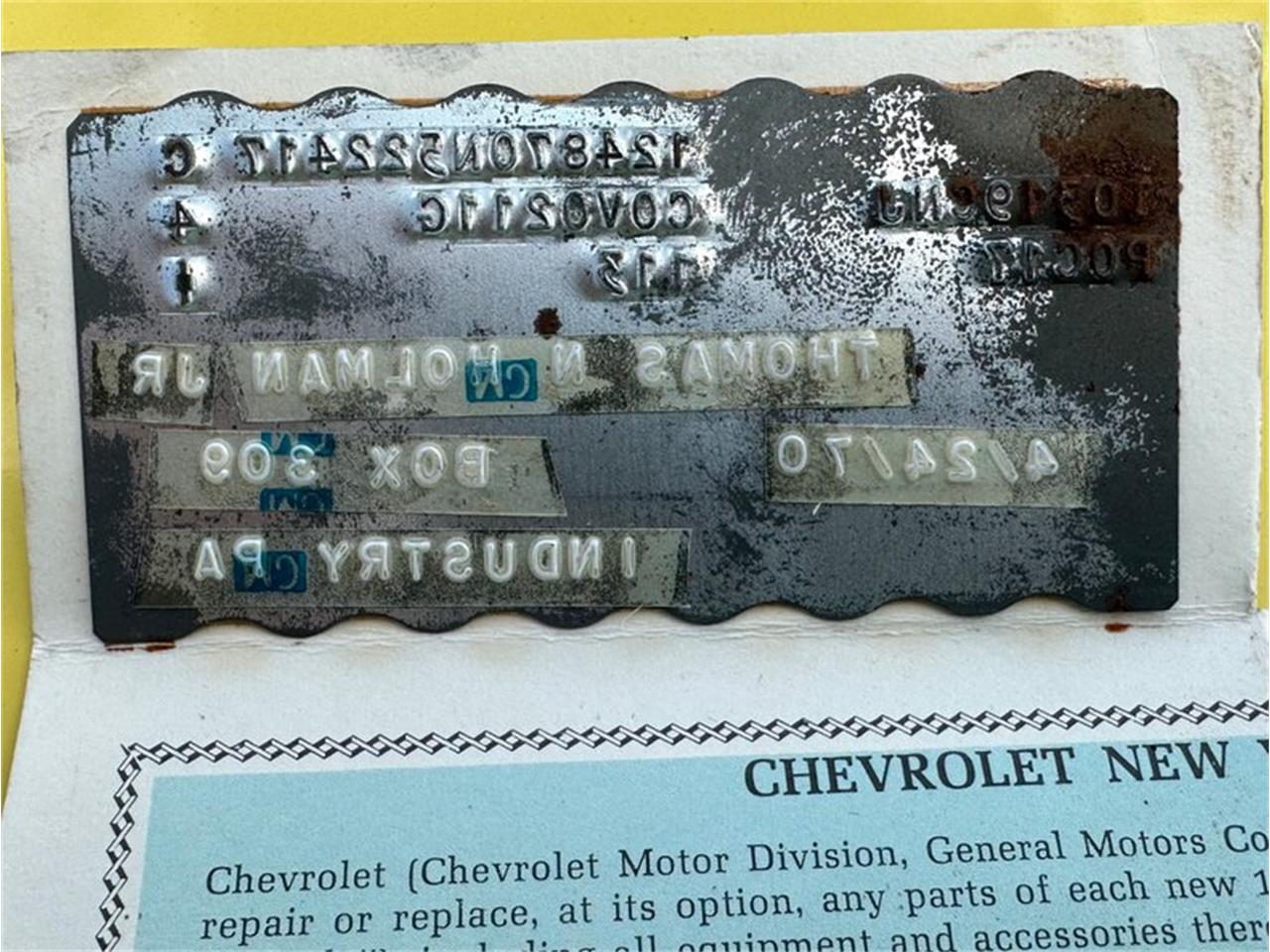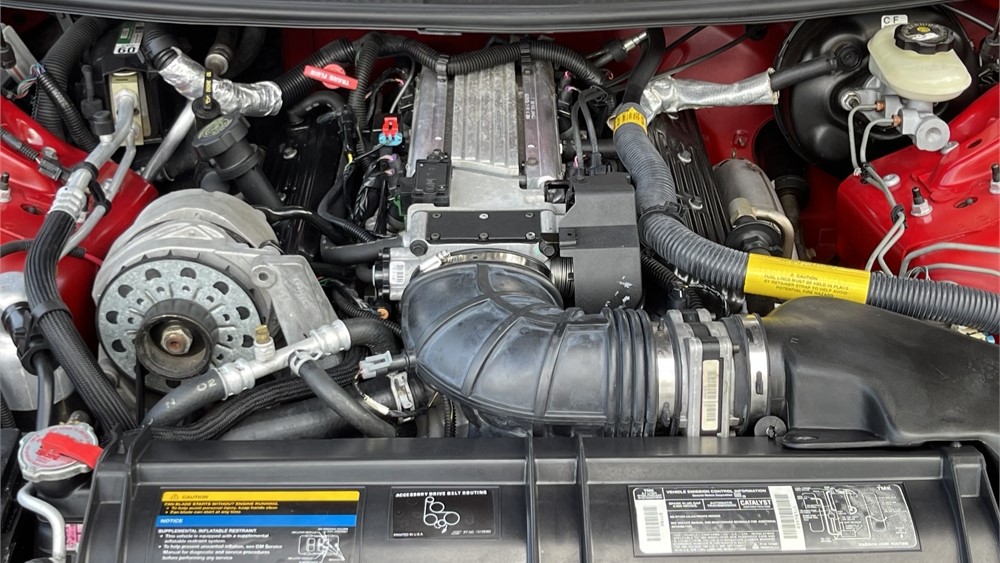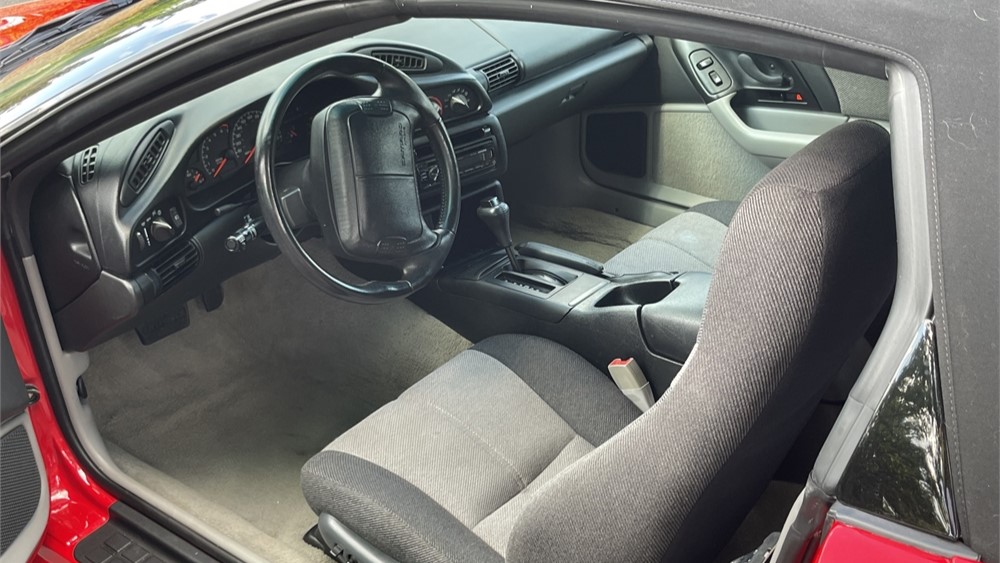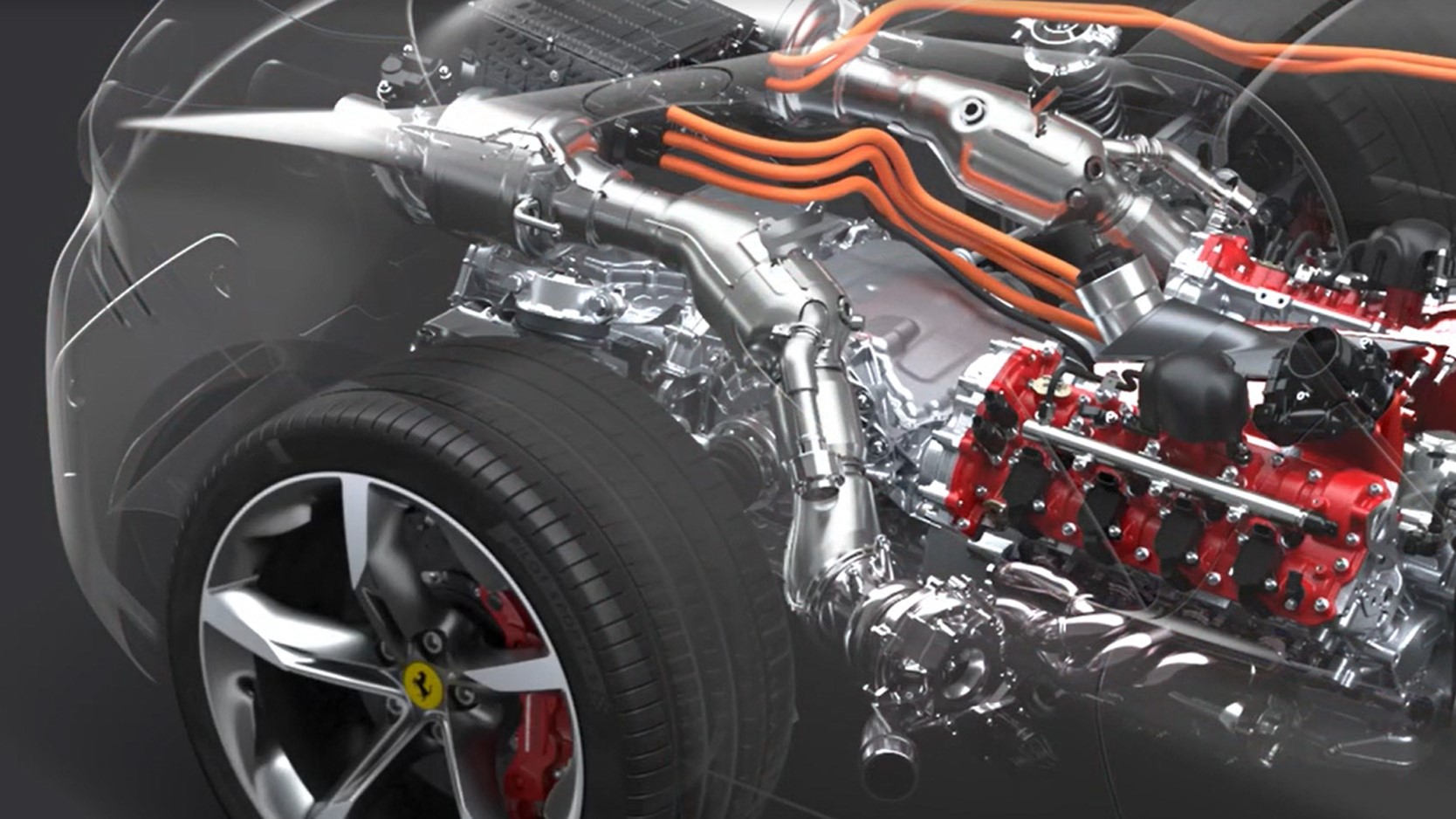It’s not often that your first love lasts a lifetime, but the relationship between Ken Peters and his 1969 Ford Mustang is at 45 years and counting. Ken grew up during a time when muscle cars and pony cars were cheap. Fuel efficiency was all the rage during the late 1970s, so the gas guzzlers of the muscle car era popped up at used car dealerships with low price tags. Insurance premiums for high-performance cars and young drivers continued to rise, causing parents to shy away from introducing their children to the joys of a factory hot rod. Ken Peters was a lucky one — his dad spotted a clean, 37,000-mile Mustang at the local used car lot on his way to work. He and Ken met at the dealership after school, and they ultimately purchased the car for $1,100.
The date was May 15, 1978. It was just a regular Monday for most people, but it was a special day for Ken. His 16th birthday was approaching, and he just snagged a deal on a slick Mustang. The SportsRoof body made it look fast, even when it was sitting still. The car had some custom touches, including mag wheels and fat Goodyear Polyglas GT tires, and custom stripes that accentuated the body lines, calling attention to the quarter-panel scoops. It was a dream car for a high-school kid, and it lit a fire inside of Ken that still burns to this day.
![1969 Ford Mustang Restomod - Overall]()
Smithson Speed and Engineering worked out many of the details on the build, including repairing and preserving the 30-year-old black paint. RideTech suspension brings the ride height down a few inches, while the Magnum 500-styled American Racing wheels offer modern sizing with a vintage look. Photo: Tommy Lee Byrd
The Mustang remained unchanged for many years, which offered a nostalgic feeling, but the car was aging quickly. A complete restoration took place in 1993, going back to a more stock appearance with Magnum 500 wheels and an all-black paint job. Ken was happy with the fresh look, but as time wore on, age started creeping up on the restoration as well. While the car was still functional, Ken yearned for a more practical and fun combination, so he sent the car to a nearby shop, Smithson Speed and Engineering in Murfreesboro, Tennessee. Owner and operator Ben Smithson has been around hot rods and muscle cars his entire life, but the truth of the matter was that Ken has owned this Mustang longer than Ben has been alive. The age gap wasn’t an obstacle, as Ken trusted the judgment of the young hot-rodder to take his beloved Mustang and bring some excitement back into the relationship.
Smithson Speed and Engineering made a substantial parts list when the project started in May of 2022, with an understanding that it wouldn’t be a matter of simply bolting new parts in place of the old ones. While the car was apart, it received a tremendous amount of detail work in the engine bay and undercarriage, which makes this car look like a fresh build. The reality is that most of the paint on this car dates to the 1993 restoration. Ben and crew repaired a few paint imperfections and underlying rust issues, and ultimately re-sprayed the doors, roof and quarter panels with fresh clear coat to seal the repairs. From there, it was the daunting task of color sanding the fresh clear and the old clear, and then buffing the finishes until it all looked like it came out of the same paint bucket. The result is a mirror-like black finish. Upgraded lighting comes by way of Holley Retrobright LED headlights and Glass Guy Chicago handled the installation of the windshield and back glass.
![1969 Ford Mustang Restomod - Engine Bay]()
The Windsor-based engine features a 4-inch bore and stroke, bringing it to 408 cubic inches. Blueprint Engines built the engine with aluminum heads and a hydraulic roller camshaft, while Smithson Speed and engineering added a Holley Sniper EFI system and backed it all up with a 4R70W overdrive transmission.Photo: Tommy Lee Byrd
“One of the hardest parts of the build was determining the wheel and tire size to go with the new stance, but I think we nailed it,” Ken says. “I love how it looks.” Stance can make or break a restomod build, and that’s where Ben’s experience came into play to dial in the proper ride height, using a complete suspension system from Ridetech. The front-suspension system included tubular control arms, adjustable coilovers and an anti-sway bar. Ben also installed Borgeson steering components to make the car react more quickly.
Out back, Ken’s Mustang features a 9-inch rear end from Speedway Motors, which is packed with 3.70:1 gears, Speedway axles and a limited slip differential. In place of the leaf springs is a four-link rear suspension system from Ridetech. This includes custom brackets, link bars and adjustable coilovers, allowing the ride height to be adjusted to Ken’s liking. In addition to the new handling characteristics, Ken has intense stopping power from Wilwood disc brakes on all four corners. With 13-inch rotors and a combination of six-piston front calipers and four-piston rear calipers, the new setup is a huge upgrade for drivability. The system is fed by a Wilwood Compact Tandem master cylinder and all new brake lines to complete the package.
![1969 Ford Mustang Restomod - Interior]()
Although the interior looks mostly stock, there are some hidden tricks, including Vintage Air heat and A/C, a custom stereo system and a Painless wiring harness to power it all. The upholstery was refurbished during the 1993 restoration and still looks great, so Ken kept it as is.Photo: Tommy Lee Byrd
Rolling stock is a big part of any custom build, and the combination on Ken’s Mustang is the perfect representation of a restomod build theme. The wheels are American Racing VN500 — an upsized version of the famous Magnum 500 wheels from yesteryear. The aluminum wheels have a polished finish with black details, and they’re sized at 17×7 inches up front and 17×9 inches in the rear, wrapped in Michelin rubber, sized at 225/45R17 and 275/40R17 respectively.
The horsepower department also received a big upgrade, by way of a BluePrint Engines stroker small block. The Windsor-based engine now comes in at 408 cu.in., thanks to a 4-inch stroker crankshaft. Forged I-beam connecting rods and forged pistons add durability, and a 9.8:1 compression ratio ensures that it will perform well on today’s pump gasoline. BluePrint aluminum cylinder heads feature 2.02- and 1.60-inch valves, and 190-cc intake runners to flow plenty of air. The hydraulic roller camshaft is ground on a 114-degree lobe separation angle and features .579-inch lift and a split duration of 236/248 degrees, measured at .050-inch lift.
![1969 Ford Mustang Restomod - Gauges]()
New Vintage USA “67 Series” gauges provide information while keeping a vintage look.Photo: Tommy Lee Byrd
Up top is a Holley Sniper EFI system, fed by an in-tank fuel pump, while Holley Hyperspark ignition lights the fire. A set of Doug’s headers lead into a custom 2.5-inch stainless exhaust system, built by Smithson Speed and Engineering. The TIG-welded mandrel bent pipes feature an X-pipe and Magnaflow mufflers for a crisp exhaust note. Additional engine upgrades include a Vintage Air Front Runner serpentine accessory system and an aluminum radiator with dual electric fans from U.S. Radiator. While the engine was out, Smithson Speed and Engineering stripped the engine bay down to the metal and gave it a fresh coat of paint. Behind the 450-horse crate engine is a 4R70W overdrive automatic transmission from East Side Performance in Cookeville, Tennessee.
Although it looks like a stock 1969 Mustang inside, many hours were spent installing creature comforts, including a Vintage Air Surefit A/C and heat system, Dakota Digital cruise control, and a stereo system that consists of a Custom Autosound retro-look head unit with JL Audio amplifier, speakers and subwoofer. New Vintage USA gauges look great in the stock dash, and Smithson Speed and Engineering rewired the entire car with a Painless harness.
![1969 Ford Mustang Restomod - Motion]()
Photo: Tommy Lee Byrd
After a year of being combed through from front to back, this car has made its way back on the road. The black Mustang made its debut at the 2023 Goodguys Nashville Nationals, where it was awarded the Ford Muscle Pick. Although Ken didn’t build this car with the sole purpose of winning trophies at car shows, it was certainly a nice surprise on its first outing. Ken and his wife, Nish, plan to take the car on long trips to car shows and cross-country sightseeing. Now that it’s equipped with many modern details, it’s ready to keep the long-term relationship going for many years to come.
![]()
![]()
![]()
![]()
![]()
![]()
![]()
![]()
![]()
